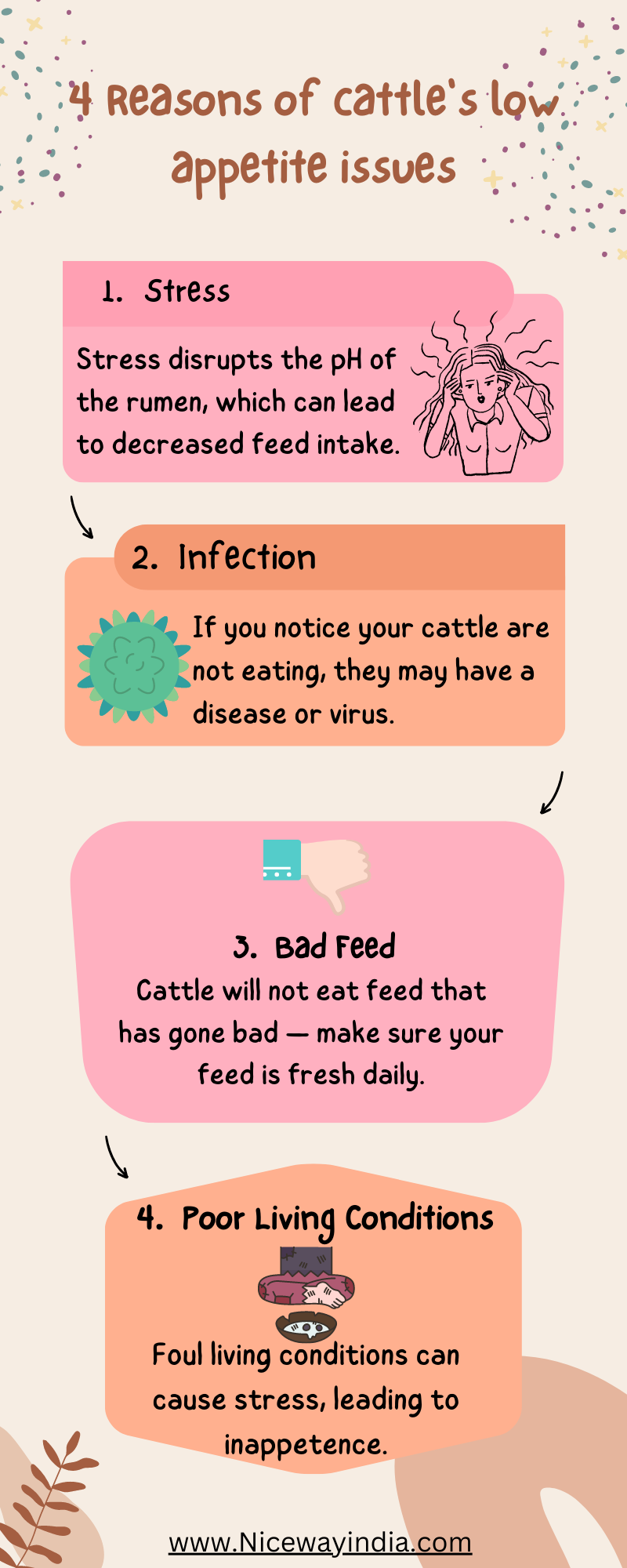
Rajwinder Ravi
Lakhewāli, Sri Muktsar Sahib
You have no groups that fit your search
Rajwinder Ravi
1 year ago
Usage of common disinfectants to control diseases in aniamls
prevention from diseases in animals through disinfectants.
![J
DISEASES
Ni Ne
11] CN 'N
1](https://contents.bebee.com/users/id/Y5b31636dcf4ce6f58/post/uTsus637b4b9cd2bd7/1zyXN.png)
- Bleaching agent (Chloride of lime)
- When a contagious disease has been detected, it can be used to disinfect animal housing. It can also be used to sterilize water sources.
- It shouldn't be used in milking barns as the milk may become tainted by the pungent stench.
- The necessary concentration is not less than 30% accessible chlorine.
- Du#sting is the method of application.
- Bleaching powder needs to be kept in airtight containers because it degrades quickly in moist environments and when exposed to light and air. visit us for Animal Feed Supplements
2. Acid boric
- You can wash your udders with it.
- It has a poor antibacterial effect and, if consumed in excessive doses, is likely to damage the neurological system.
- It serves as a wash for the eyes and other delicate body regions.
- A 6 percent solution must have the required concentration.
- Splashing is the application delivery method.
- Boric acid is no longer used as an eyewash solution; instead, antibiotic treatments are.
3. Lime (Calcium Oxide, quick lime)
- It functions as a disinfectant and deodorant.
- It can be sprinkled over floors, manure, animal waste, and as a whitewash or milk of lime (also known as slaked lime).
- Application methods include sprinkling, rubbing, and even dusting.
- Use only freshly produced lime.
4. Phenol (carbolic acid)
- is effective against a variety of bacteria, although it has less of an impact on viruses and spores.
- The presence of organic materials does not affect its ability to disinfect, although oil or alcohol does.
- It is extremely corrosive, irritating, and poisonous.
- The necessary concentration is 1% to 2%.
- Splashing is the application delivery method.
- When using phenol, extreme caution should be exercised to safeguard your skin, eyes, and clothing.
#useofdisinfectants #animalfeedsupplement
1 like · 0 comments
HealthRajwinder Ravi
1 year ago
4 causes why your cattle's low appetite

in this we have talked about why your cattle is having a slow appetite in four points. it can be corrected by preventive measures and by treating your animal.
1 like · 0 comments
HealthDo you want to manage your own group?
